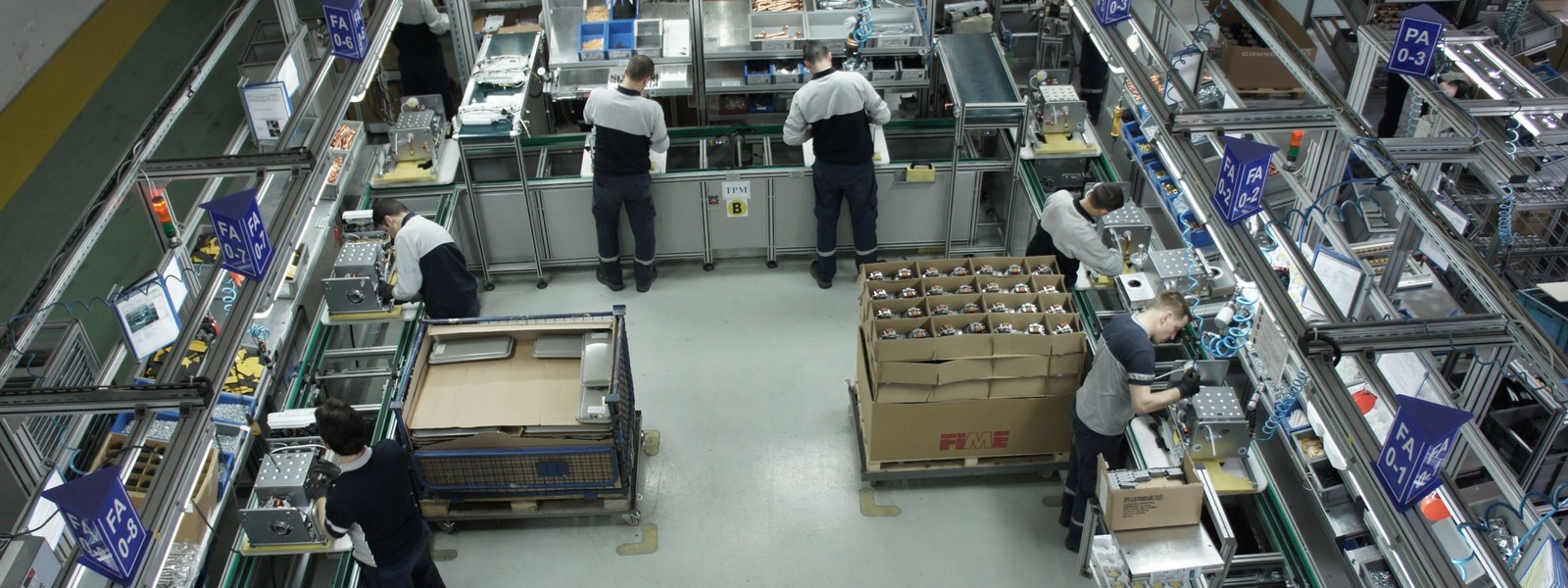As expected, Turkey this month posted a sensational growth rate for the third quarter of 2017. The economy ostensibly grew 11.1%, which put the overall rate for the first nine months at 7.4% and the year-on-year rate at 6.5%. The figure, which casts Turkey as one of the world’s fastest growing economies after China and India, means that the government’s projection of a 4.4% growth rate for 2017 will be easily surpassed.
Yet the other side of the coin is not as shiny as the growth numbers suggest at first glance. Under the veneer of success, the Turkish economy’s growth involves arithmetic illusions, fragilities and a chemistry that accumulates stress, Al-Monitor reported.
The impressive growth figures this year are the result of internal and external “doping”, in addition to the base effect of last year’s growth, which stood at 3%. The “miraculous” 11.1% rate of the third quarter, in particular, owes much to the base effect of the same period last year, when the economy contracted by about 1%, something the ruling Justice and Development Party is notably trying to obscure.
In general, this year’s growth has relied heavily on the inflow of foreign short-term investments or hot money, driven by seasonal external factors, including US President Donald Trump’s underperformance, as well as on strong government levers at home, including the encouragement of bank lending at the expense of a widening budget deficit, tax cuts and other incentives resulting in reckless spending from the Unemployment Insurance Fund.
Economic Weakness
As Trump’s performance failed to inspire confidence, foreign short-term investors turned to emerging economies like Turkey. Up until September, the flow of hot money kept the dollar’s price in check and encouraged imports, which stimulated growth based on domestic demand. In the meantime, however, Turkey’s external debt stock reached $435 billion and the foreign exchange liabilities of private companies climbed to up to $212 billion.
As of October, the Turkish lira began to tumble against the dollar, hit by political tensions with the United States, piling pressure on the central bank to hike rates, and dragging the economy into the pincer of high interest rates combined with high foreign exchange prices.
In short, the flow of foreign funds, dominated by hot money, was a major factor behind Turkey’s economic growth, which is expected to reach 6.5% on overall this year. Riding the wave of hot money and loan expansion, growth was driven by domestic consumption, especially in the third quarter.
In the industry, including the mining and energy sectors, growth in the first three quarters reached 9.5% on average. As such, industry became the lead sector in terms of growth, relying mainly on domestic consumption. The added-value increase in the manufacturing sector was driven largely by the domestic market, especially demand for durable goods.
On the investment leg, the lead belonged again to the construction sector. Yet despite the construction frenzy, which has caused huge damage to the environment and historical heritage, investment in machinery and equipment—an indicator of future industrial development—remains low, representing an important weakness.
Unemployment, Inflation
Moreover, Turkey’s economic growth has been neither employment-friendly nor contributes to the fair distribution of wealth, the statistics show. The unemployment rate has not only not decreased, but remains on the rise. According to official data for September—a month that is part of the third quarter with the 11.1% growth rate—the seasonally adjusted unemployment rate came close to 11%. Nonagricultural unemployment stood at 12.7% and youth unemployment at 20.2%.
The high growth is accompanied by high inflation. Year-on-year inflation in producer prices hit 17.3% in November, including a 24% increase in intermediate goods, which was a major factor pushing consumer inflation to almost 13%.
The most disturbing reality on the other side of the coin is that the spectacular growth rate has been achieved under a state of emergency, which has been in place since the coup attempt in July 2016. The emergency rule has been fraught with legal violations and suppression of labor rights, resulting in the cheapening of labor and a distribution shift in favor of revenues from profits, interest and rent.
In sum, Turkey’s economic growth in 2017 has not only relied on the fragile flow of hot money, but has also come at a hefty cost, marked by two-digit inflation, widening budget gaps coupled with a current account deficit, high unemployment and an increasingly unfair distribution of income.
All those problems will continue in 2018. The prevailing view among observers is that Turkey can hardly sustain its current performance, with the growth rate expected to fall by about half next year.


